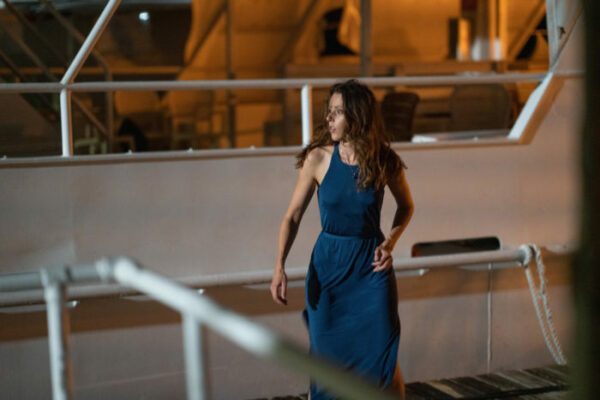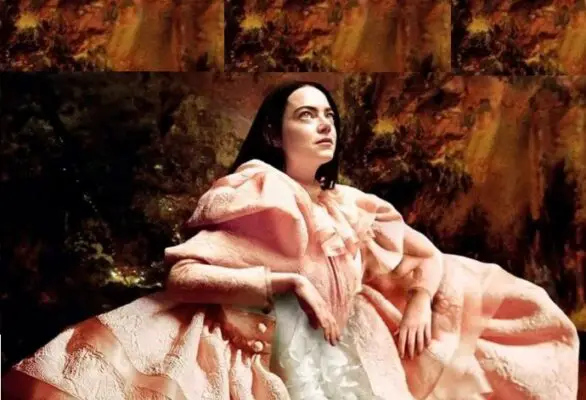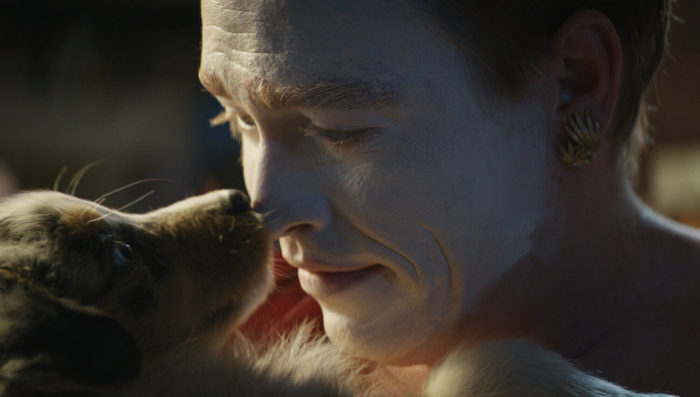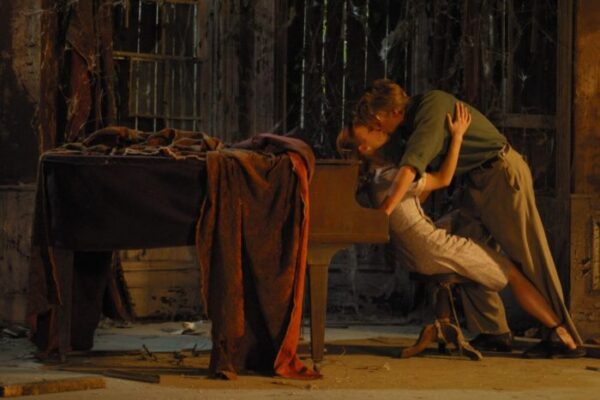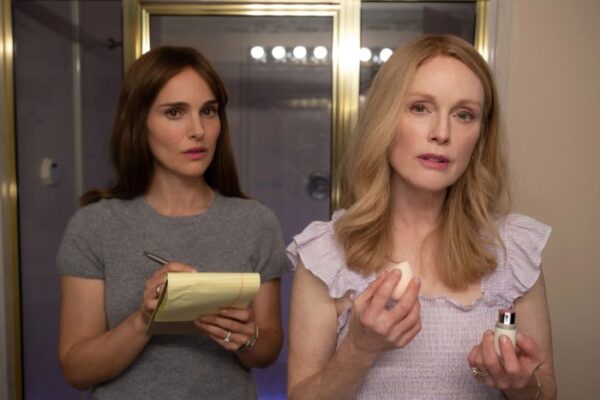Breakfast at Tiffany’s is a classic Hollywood melodrama created in 1961. Based on the short story of the same name by Truman Capote, directed by Blake Edwards. Initially, Marilyn Monroe, who was friends with Capote, was supposed to play the main role, but she was not very suitable for her age, because the main character was only 19 years old. For also an adult Audrey Hepburn, this role has become quite difficult, because she is an introvert by nature.
What is the movie about
The main character is a young girl from the province of Holi who lives in New York with her nameless cat. She constantly throws parties and dreams of living in Tiffany’s jewelry store – only there she will find peace and tranquility.
Her neighbor is the young writer Paul, who is provided by an adult female designer. He lives in the same house with a girl, and one day fate brings them together. Paul plunges into the life of Holi with its endless parties, and they first become friends, then love develops between them. Paul repeatedly saved Holly from annoying boyfriends and knew about her real loneliness, which she hid behind freedom and constant parties with strangers and semi-familiar people. Holly’s ex-husband, who knew her real name, first stood in the way of the lovers, then the Brazilian macho – a potential husband, for whose sake Holly decided to move to Brazil.
At the end of the film, Paul finds a ring in a basket of pastries and decides to propose to Holly, but she is determined to get away from it all to Brazil, where there are a lot of wild monkeys. And then a happy ending happened, and the couple reunited. What is the movie about?
First, about striving for a better life. Both main characters dream of a carefree and well-fed life with interesting acquaintances and pleasant events.
However, Paul is better placed. He has not only a constant mistress who provides for him, but also a favorite business that generates income and gives some kind of status in society. Holly is terribly unsettled, she doesn’t even have a permanent sponsor. But she sees no other life than being supported by a millionaire.
At the same time, she dreams of deep and true love, for which she is definitely not ready yet. Here the duality of female nature is manifested – on the one hand, freedom and a carefree life, on the other, the desire to love truly. This was true in the 50s, and in the 1850s, and in the 1550s.
It’s also a film about fear of responsibility. It is more characteristic of the heroine than the hero. The girl is infantile, afraid to take responsibility not only for someone, but even for herself. Even her cat doesn’t have a name because she thinks they are free and don’t belong to anyone.
For the same reason, Holly runs away to New York from her first husband – she is afraid of getting bogged down in everyday life and losing her much-desired freedom.
The turning point is the girl’s desire to escape (essentially) from herself. She knows that the Brazilian macho millionaire rejected her, but she is going to Brazil, saying that she just dreams of being there.
In fact, she is simply afraid of the responsibility for the relationship with Paul and continues her throwing. Going to the airport, she even throws her cat out of the car. This is a kind of symbol of her lostness and irresponsibility, but it is this act that prompts Paul to seriously talk with the girl: he is older, smarter and also afraid of responsibility, but he understands that he needs to fight it.
What is the point of the movie’s ending
Going to the airport, the writer confesses his love to Holly, but she says that she does not belong to anyone, and considers love a cage. After she throws out the nameless cat, Paul explodes and explains that the cage is actually a freedom she has imagined, and she is not going anywhere from this cage. Saying goodbye, he throws a ring from Tiffany in front of her. Holly returns, the cat is located and the couple is reunited.
This film is for those who can not decide in life and take responsibility, but more serious people will simply enjoy the excellent direction and work of the artist.

